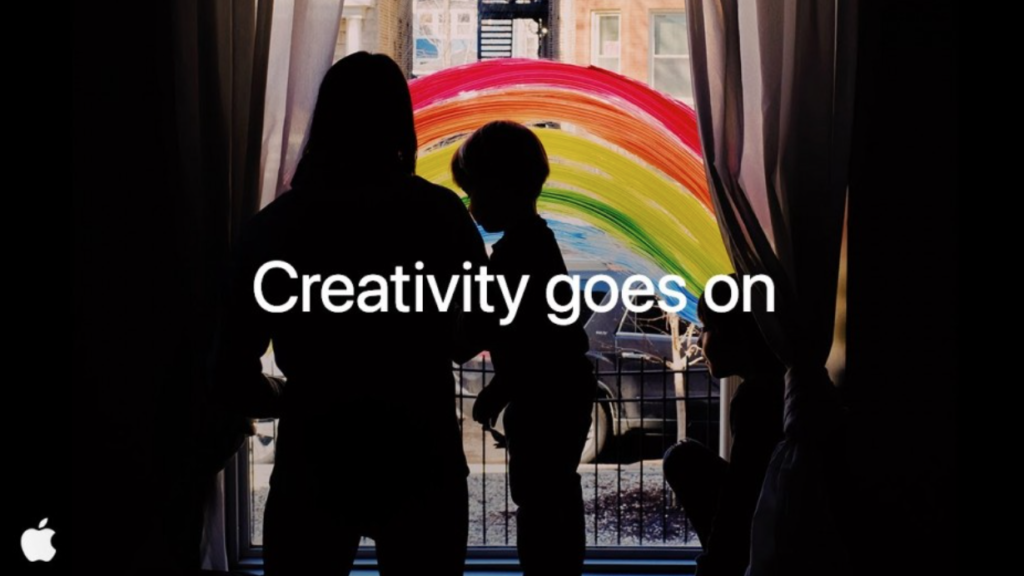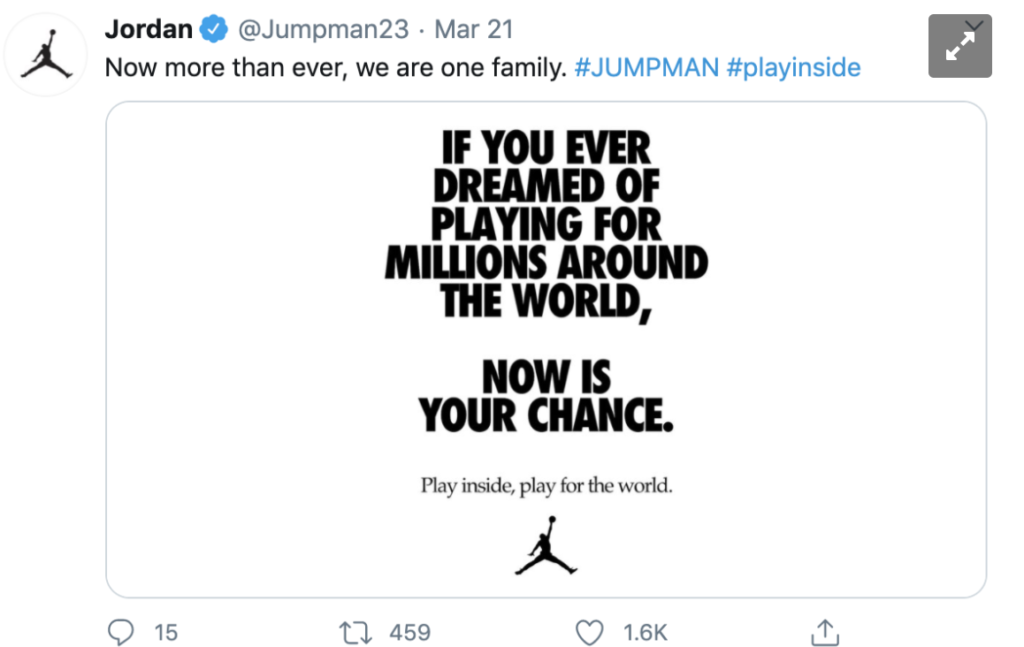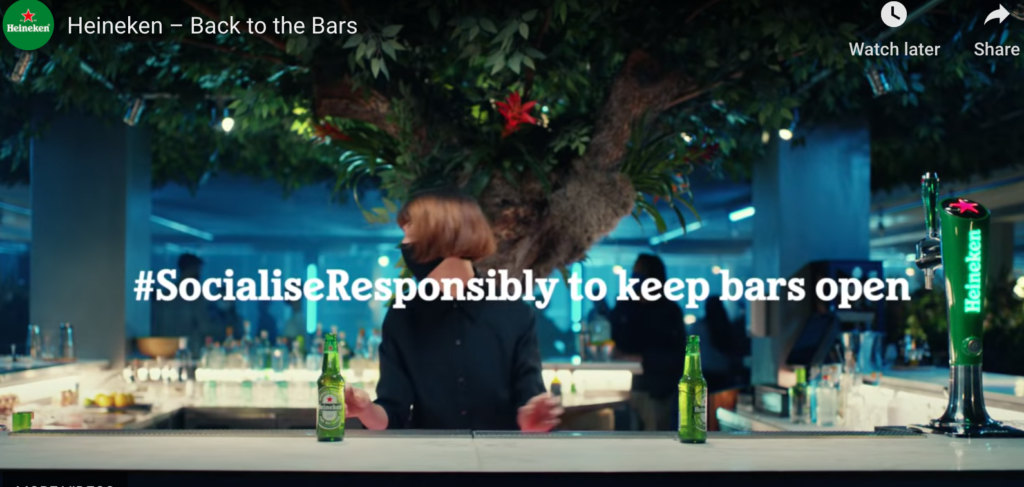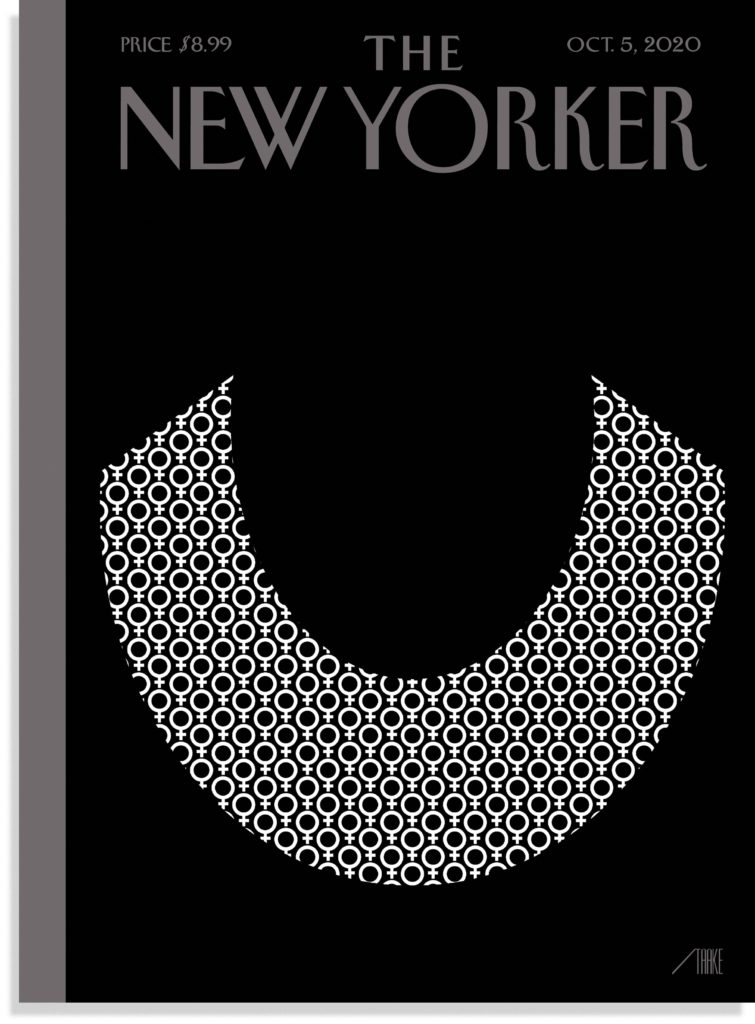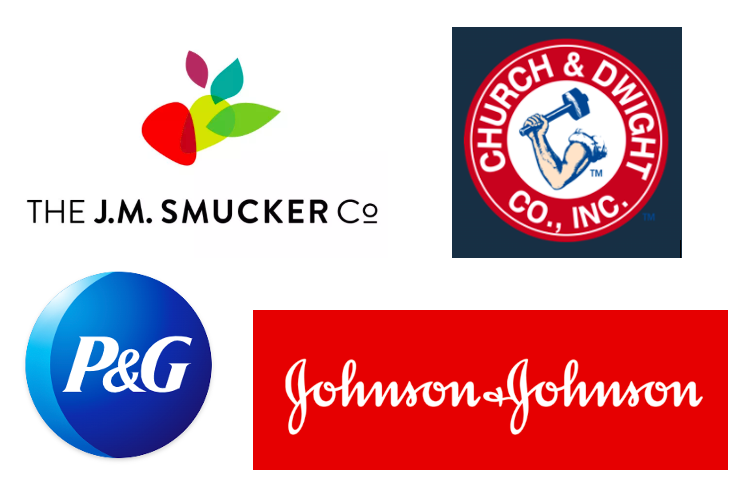
When well-known brands decide to undergo any sort of rebranding exercise, from new formulations to new logos and taglines, the press and the public tend to have newsworthy opinions. Whether the conversation is erupting with praise in agreement or latent with despise, it is unlikely that any such change would go unnoticed. However, the same likely can’t be said for the rebranding of parent companies.
On September 23, 2020, The J.M. Smuckers Co. distributed a press release announcing its rebranding from the over 130 year old corporate identity, modeled after its flagship brand, Smuckers Jams. Showcasing a reimagined new logo, visual vocabulary and truncated name, The J.M. Smucker Co.’s new look aims to remind consumers and stakeholders alike that they are more than just jams and jellies (Hiebert, 2020). But how important is the parent company’s branding?
Aside from its jams, The J.M. Smuckers Co. is also home to well-known brands like Folgers, JIF, Meow Mix and Milk-Bone. I would wager to bet that the average consumer would never expect any connection between these brands, even at a corporate level. Another lesser known CPG parent company, but even more tenured, is Church & Dwight Co., Inc., which includes Arm & Hammer, OxiClean, Trojan and Vitafusion to name a few pillar brands. Although both companies showcase popular brands within their portfolios, neither seem to be overt in advertising their company image.
On the other hand, Johnson & Johnson proactively markets their company-wide branding by ending most of their advertisements with, “Johnson & Johnson. A family company.” With brands like Neutrogena, Tylenol and Band-aid under their belts, the largely personal care and medical supply company has continued to shape its identity around their signature tagline.
Procter & Gamble [P&G], known recently as the world’s biggest advertiser, bolsters it’s branding with corporate advertising that addresses cultural and societal issues backed by healthy media buy budgets. Ahead of its time, P&G launched the TV commercial “The Talk” back in 2017, addressing black bias in an emotional and evocative 60 seconds. P&G, home to brands such as Tide, Gillette, Febreeze, Vicks and so many more, over their nearly two centuries in business, aims to align all their brands with their corporate brand beliefs.
As apparent when diving deeper, all four industry leading parent companies maintain a collective brand image, across their entirety. Interestingly, all four companies fall categorically within Jennifer Aaker’s definition of the brand personality trait of sincerity (Deshpandé & Keitnan, 2014). Largely thanks to each establishment’s deep seated beliefs and activation with their individual corporate social responsibilities from commitments of sustainability to equality and more, these company’s efforts help shape their global brand images and architectures.
But the real question is, what comes first – the parent company’s branding or the individual brand’s identities? One could argue that a parent company’s branding is shaped by the collection of their individual brand’s identities. On the other hand, someone could counter that individual brand’s identities are molded from the parent company’s brand equity. Perhaps the answer is a culmination of both arguments. Either way the answer is clear – the parent company’s branding is equally as important as individual brands, whether you know their name or not.
References
Church & Dwight Co., Inc.. (2020). Company Overview. https://churchdwight.com/company/
Deshpandé, R. & Keinan, A. (2014). Brands and Brand Equity. Harvard Business Publishing Education.
Hiebert, P. (2020, September 23). The J.M. Smucker Company Goes Beyond Jam With Its New Corporate Identity. Adweek. Retrieved from https://www.adweek.com/brand-marketing/j-m-smucker-company-goes-beyond-jam-with-new-corporate-identity/?utm_content=adoftheday&utm_source=postup&utm_medium=email&utm_campaign=FirstThingsFirst_Newsletter_200924054606&lyt_id=1214141
Johnson & Johnson. (2020). About Johnson & Johnson. https://www.jnj.com/about-jnj
Procter & Gamble. (2020). Who We Are. https://us.pg.com/who-we-are/
The J.M. Smucker Co. (2020). News & Stories. https://www.jmsmucker.com/news-stories

